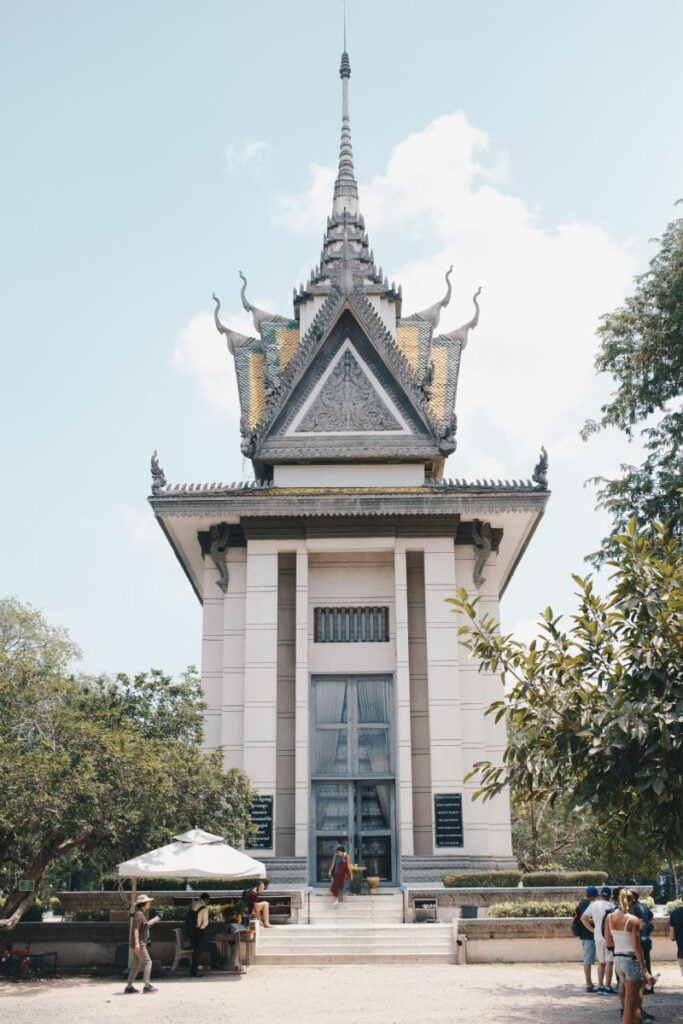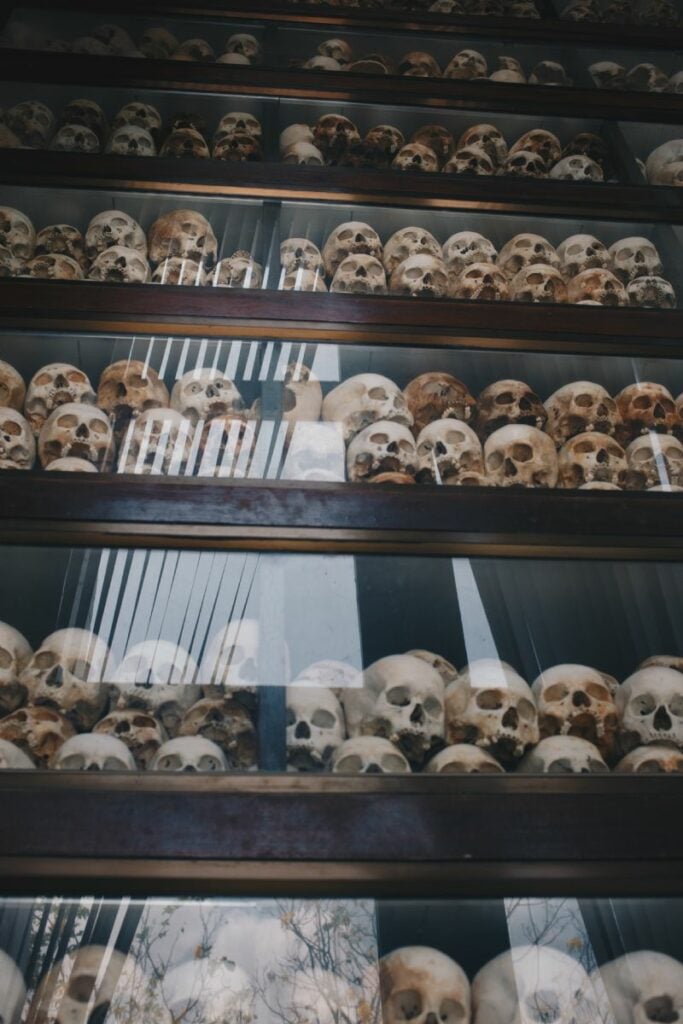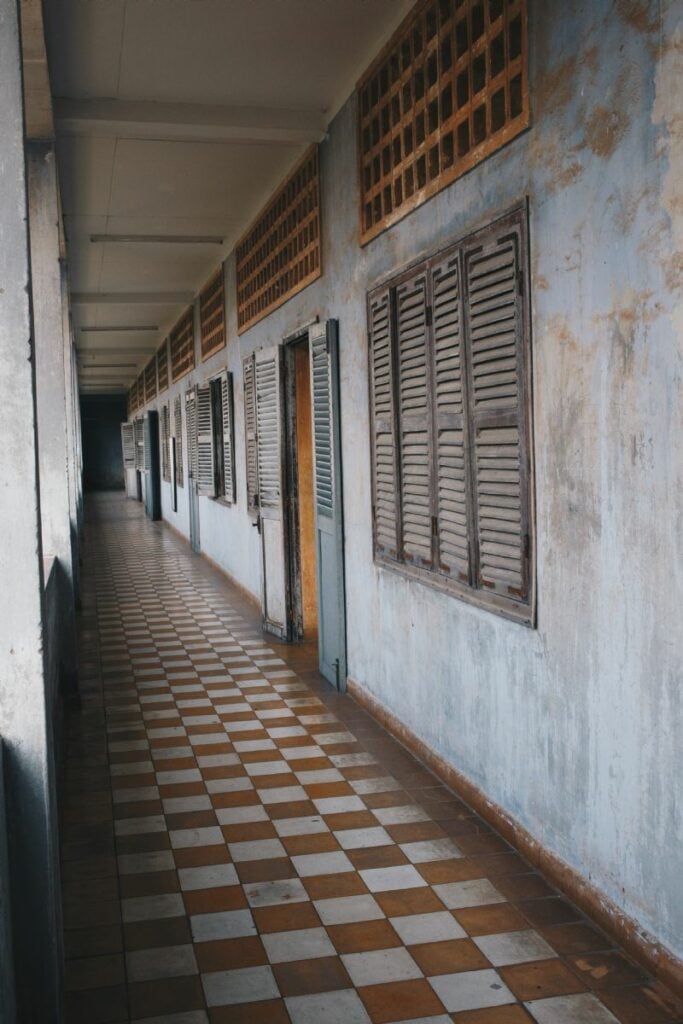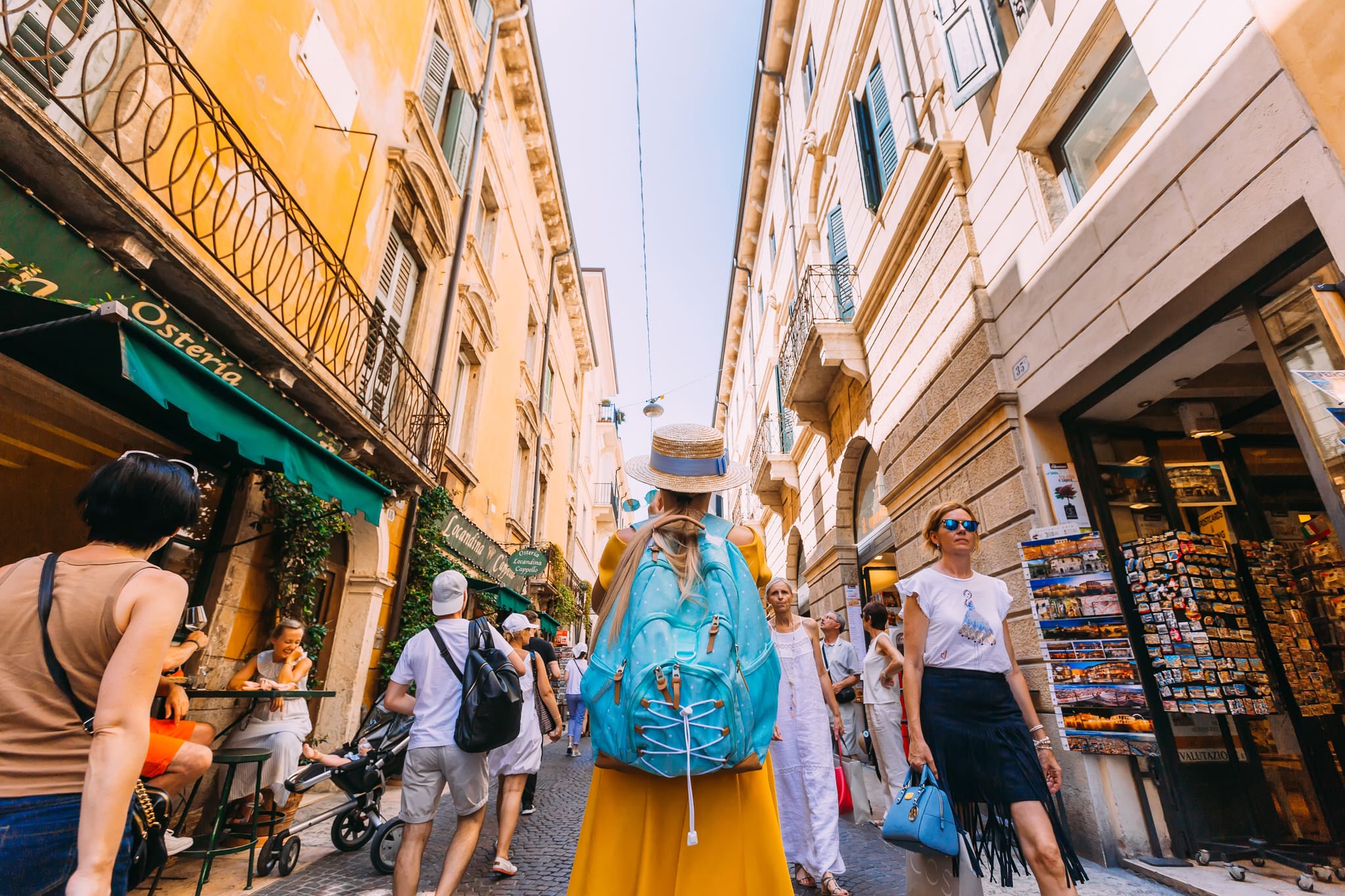This material discusses true stories of the survivors of the Cambodian Genocide and the horrific experiences that they encountered.
“Better to kill an innocent by mistake than to spare an enemy by mistake”
– Pol Pot, leader of Khmer Rouge
These are words spoken by a man who produced a genocide, one of the worst mass killings of the 20th century, in Cambodia less than only 40 years ago from 1975-1979. Pol Pot chose uneducated people to work alongside him on this plan in the hopes of killing all rich and intelligent Cambodians. He wanted to be the best, the smartest, the highest in reign. And so he decided to create a mass genocide to do just that.



The Khmer Rouge took control of the Cambodian government in 1975 and emptied the cities and evacuated millions of people to labor camps where they were starved and abused. Doctors, teachers, and other educated people, as well as monks, the rich, and anyone perceived to be in opposition, were tortured and killed.
“About living conditions, it was bad as hell. Meals were served with almost empty porridge, about two to three spoons per bowl. About drinks, it was so little and no one dared to ask for more. If so they would be beaten. For the shower, I could make it one per two months only. About the sleeping, I was put into a room of thirty to forty prisoners. I was shackled to one common bar of nine prisoners. Even more shocking, every night around 10 to 11 pm the Khmer Rouge always took the prisoners out for execution. One day, three of my roommates were called and taken away. Had it been 4 prisoners called that day, it would have been me.”
— Mr. Keo Lundi, Cambodian Genocide Survivor

About 3 million Cambodians died during the 4-year reign of the Khmer Rouge, and their horrible acts were kept so undercover that the surrounding countries didn’t even realize what was happening at the time. Some countries such as Sweden had even visited the country of suspicion but saw nothing wrong.
At first, executions were not necessary as starvation was working effectively to wipe out the undesired populations. However, as more and more people were sent to prison, the Khmer Rouge moved over to a system of “killing fields,” establishing hundreds all over Cambodia.
The killing fields were where people were taken to be killed once they could no longer work, had “confessed” to their alleged crimes, or simply just weren’t seen to be useful anymore. Over one million people were killed at these sites and were buried in mass graves.

I walked through a prison known as Tuol Sleng Prison (S21) and the Killing Fields, feeling moments of both sadness and anger.
“Once I got there [Tuol Sleng Prison (S21)], my hands were tied and I was blindfolded. I was escorted to one room. Then they measured my height, took my picture and finally took all of my clothes off, except my underwear. After that they sent me to room 022 on the ground floor of building C. A few moments later, on the same day, the guards came and took me for questioning on the second floor of building A. After badly torturing me using various tools like a wooden stick — electrical wire — nail taking so on and so forth, I was asked whether I was CIA — KGB agent or not. After repetitive torture day and night, I had to force myself to make false statements by confessing that I accidentally destroyed the factory fabric by spilling acid onto it and that I also broke some needles while working. Then they stopped questioning me. I still remembered that it was not until I was electrocuted til unconscious twice, two of my toenails were taken off, and that my fingers were broken when I took my hand to cover my back from repetitive wooden stick beatings that I had to confess the mistake that was nothing to do with me at all.”
— Mr. Keo Lundi, Cambodian Genocide Survivor

My heart aches for all of the innocent people that were brutally beaten and killed for no reason. Killed by wooden sticks, bamboo sticks, hoes, knives, bayonets, cleaning rods, their hands tied with wire, feet in shackles, killed by iron tools, ear cutting, killed by hook knives, by iron tools, and axes. Babies were beaten against a tree while their mothers had no choice but to watch.
Children watched their mothers be stripped and beaten by the guards. Child soldiers were a huge tool of the Khmer Rouge, as they were easy to control and would follow orders without hesitation to the point where many were forced to shoot their own parents.
People were thrown into pits after being brutally beaten. Oil was then poured on their bodies, fully killing them if they weren’t already and hiding the decaying stench once their bodies started to rot on top of one another. Women would have centipedes put on their open wounds and their private areas as torture. People were dunked in water until unconscious and woken back up by electrocution.
Walking through the prison and seeing blood remnants on the ground of the rooms was really difficult. The very beds that they tortured the innocent people still remained in the rooms. It felt so real, so recent. And it was.
“They said, “to keep you isn’t a benefit, to destroy you isn’t a loss.” After I was released I wanted to tell a true story to the younger generation and want them to love each other. It should not be the same as the Pol Pot regime.”
— Touch Mean, Cambodian Genocide Survivor
Walking through this museum & the killing fields has opened my eyes to what the people are going through here in Cambodia. This is real and it didn’t happen that long ago. People’s parents, grandparents, at least one person in their family or someone that they know is affected in some way by this horrible tragedy. I cannot imagine the amount of pain that they have experienced, and walking through the museum and learning what they are still battling today in their country has helped me become so much more aware and given me a new level of respect for these people.








